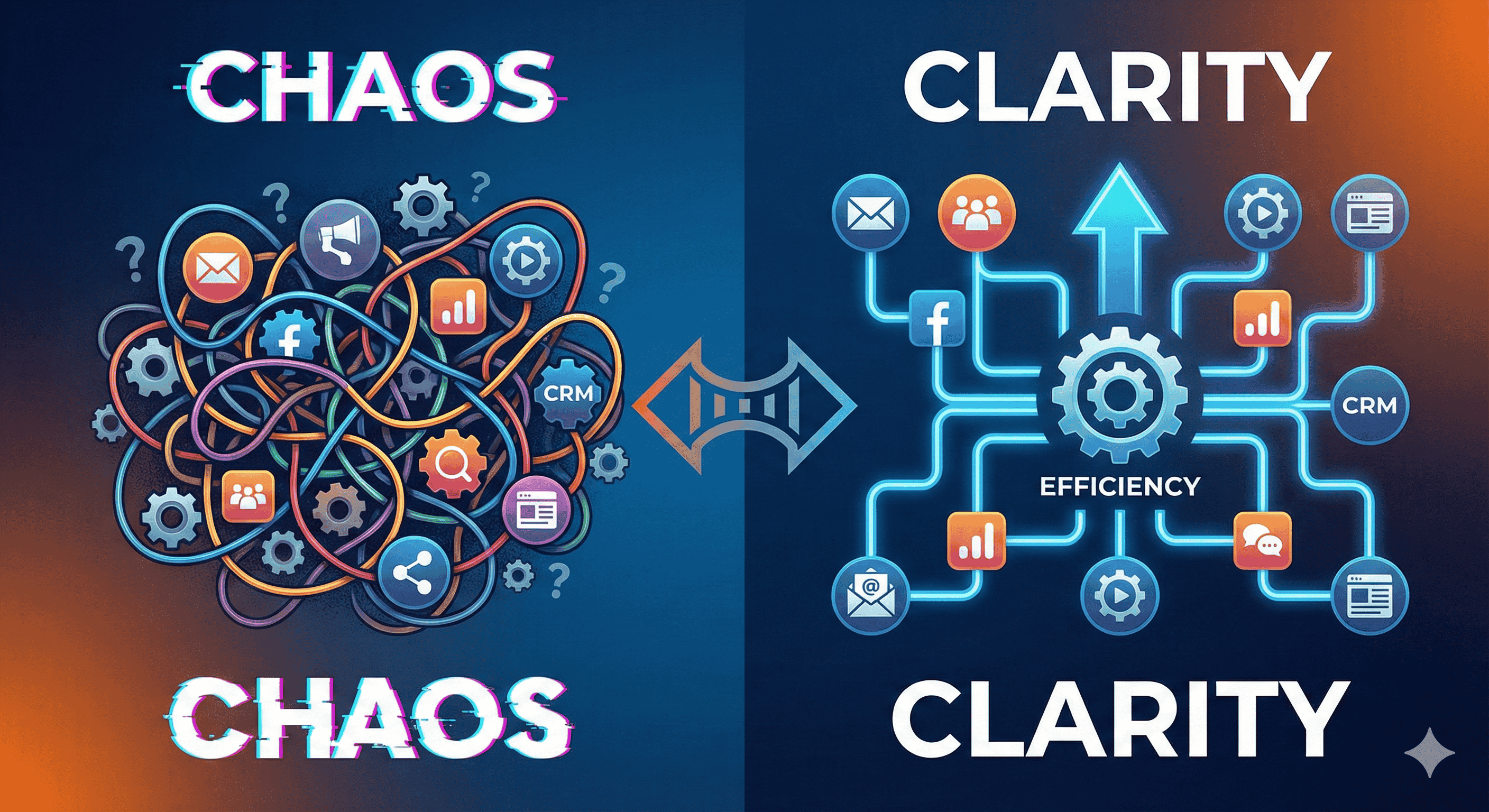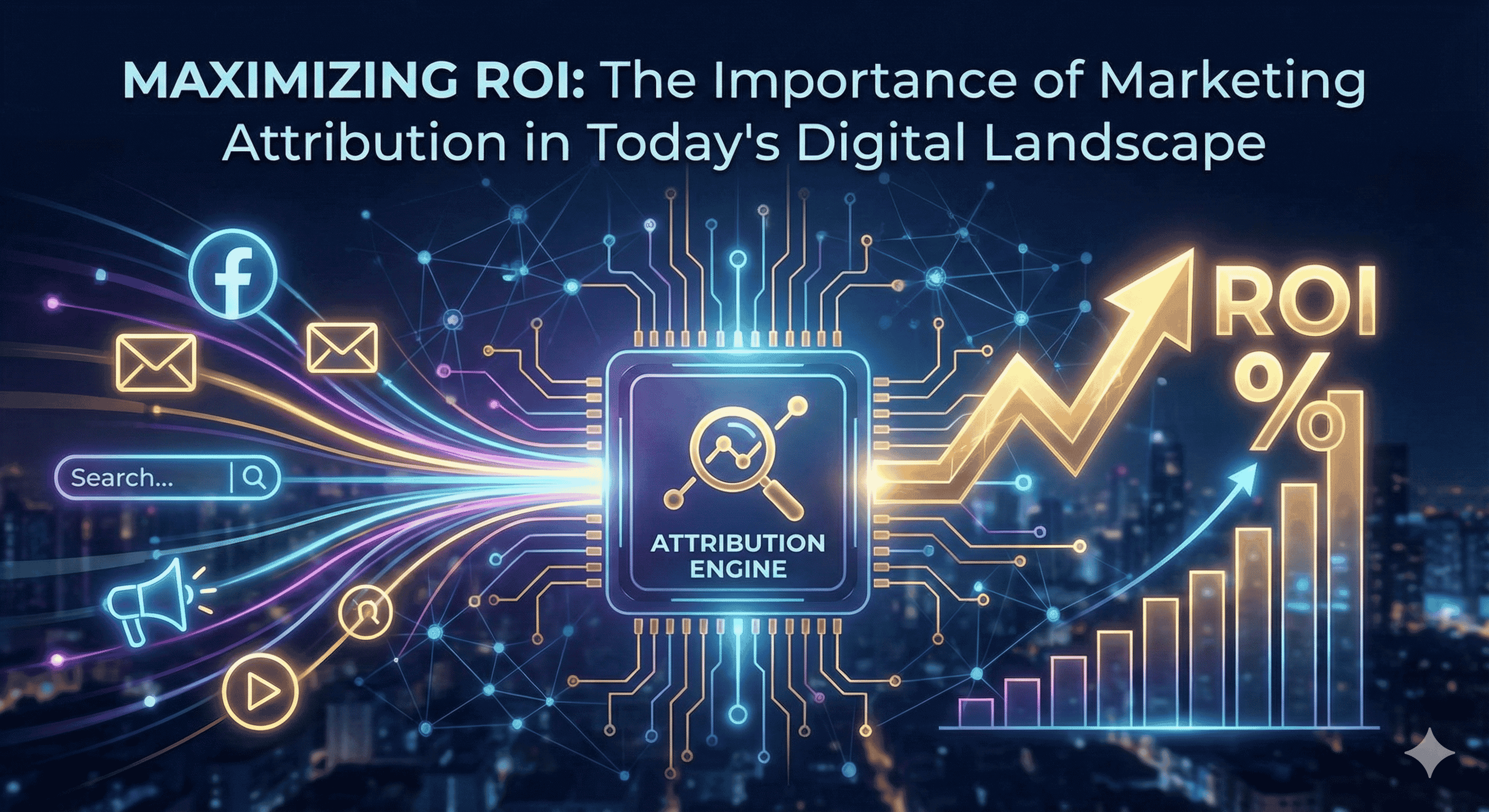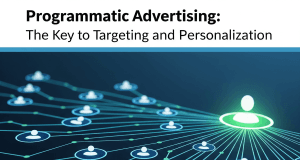In the dynamic landscape of digital marketing, two terms frequently arise: AdTech (Advertising Technology) and MarTech (Marketing Technology). While often used interchangeably, they represent distinct yet increasingly interconnected domains. Understanding their differences and, more importantly, their convergence, is crucial for businesses aiming to optimize their marketing efforts and achieve sustained growth.
What is AdTech?
AdTech primarily focuses on reaching new audiences and optimizing advertising campaigns across various digital channels. It’s all about the paid media side of marketing – getting your message in front of potential customers who might not yet be aware of your brand. Think of it as the engine for driving awareness and direct response through advertisements.
Key characteristics of AdTech:
- Focus: Acquiring new customers and optimizing ad spend.
- Goal: Maximizing reach, impressions, clicks, and conversions from paid advertising.
- Data Focus: Often relies on third-party data (though this is shifting due to privacy changes) and anonymized user behavior for targeting.
- Metrics: Impressions, click-through rates (CTR), cost-per-acquisition (CPA), return on ad spend (ROAS).
- Typical Users: Advertising agencies, media buyers, performance marketers.
Common AdTech platforms and tools include:
- Demand-Side Platforms (DSPs): Allow advertisers to programmatically buy ad inventory across multiple ad exchanges. Examples: The Trade Desk, Google Display & Video 360 (DV360), Amazon DSP.
- Supply-Side Platforms (SSPs): Used by publishers to manage, sell, and optimize their ad inventory. Examples: Google Ad Manager, PubMatic, OpenX.
- Ad Exchanges: Digital marketplaces where advertisers and publishers buy and sell ad space, often through real-time bidding (RTB).
- Ad Networks: Connect advertisers with publishers to run ad campaigns.
- Data Management Platforms (DMPs): Collect and segment anonymized audience data for ad targeting. (Note: The role of DMPs is evolving with the deprecation of third-party cookies).
- Ad Servers: Deliver and track digital ad placements.
Recent Trends in AdTech (2024-2025):
- Cookie-less Advertising: The industry is rapidly adapting to a world without third-party cookies, shifting focus to first-party data, data clean rooms, and contextual targeting.
- CTV (Connected TV) and Streaming: Significant growth in advertising on streaming platforms, demanding new strategies and measurement.
- AI and Automation: AI is being heavily leveraged for optimizing ad placements, bidding strategies, dynamic creative optimization (DCO), and predicting ad performance.
- Programmatic DOOH (Digital Out-of-Home): Automated buying and selling of digital billboard and screen advertising.
What is MarTech?
MarTech encompasses a broader range of technologies that help businesses manage, execute, and optimize their entire marketing efforts and customer relationships. It focuses on nurturing leads, engaging existing customers, building brand loyalty, and improving the overall customer experience across all touchpoints. Think of it as the foundational infrastructure for managing customer interactions throughout their journey.
Key characteristics of MarTech:
- Focus: Managing customer relationships, nurturing leads, building loyalty, and improving customer experience.
- Goal: Enhancing engagement, conversion, and retention across the entire customer lifecycle.
- Data Focus: Heavily relies on first-party data (customer interactions, CRM data) to personalize experiences.
- Metrics: Customer lifetime value (CLTV), customer satisfaction, conversion rates (on owned channels), engagement rates.
- Typical Users: Marketing teams, sales teams, customer service.
Common MarTech platforms and tools include:
- Customer Relationship Management (CRM) Systems: Manage and analyze customer interactions and data throughout the customer lifecycle. Examples: Salesforce, HubSpot CRM, Zoho CRM.
- Marketing Automation Platforms (MAPs): Automate repetitive marketing tasks like email marketing, lead nurturing, and social media posting. Examples: Marketo, ActiveCampaign, Mailchimp.
- Content Management Systems (CMS): Facilitate content creation, publishing, and management on websites. Examples: WordPress, HubSpot CMS.
- Customer Data Platforms (CDPs): Unify customer data from various sources to create a single, comprehensive view of each customer. Examples: Treasure Data, Meiro CDP, Segment.
- Email Marketing Platforms: Manage email campaigns, segmentation, and automation.
- Social Media Management Tools: Schedule posts, monitor engagement, and analyze performance across social platforms. Examples: Hootsuite, Sprout Social, Buffer.
- SEO Tools: Optimize website content and improve search engine rankings. Examples: Ahrefs, SEMrush.
- Analytics and Business Intelligence (BI) Tools: Measure marketing performance, track KPIs, and provide attribution insights. Examples: Google Analytics, Tableau.
Recent Trends in MarTech (2024-2025):
- Hyper-personalization: Leveraging first-party data and AI to deliver highly tailored content and experiences.
- AI Integration: AI is revolutionizing content creation (generative AI), data analysis, customer segmentation, and marketing automation.
- Composable Tech Stacks: Marketers are moving towards flexible, “best-of-breed” solutions that can be easily integrated, rather than monolithic platforms.
- First-Party Data Emphasis: Increased focus on collecting, managing, and activating proprietary customer data due to privacy regulations.
- Unified Customer View: Striving for a holistic understanding of the customer journey across all touchpoints, often enabled by CDPs.
The Convergence: MadTech
The lines between AdTech and MarTech are increasingly blurring, leading to a new paradigm often dubbed “MadTech” (Marketing + Advertising Technology). This convergence is driven by several factors:
- Customer-Centricity: Both domains are ultimately focused on the same customer, and a fragmented approach leads to disjointed experiences.
- Data Integration: The need to unify customer data from advertising efforts with internal marketing data for a holistic view. CDPs play a crucial role here, acting as a bridge between the two.
- AI and Automation: AI’s capabilities in both fields enable seamless transitions from ad exposure to personalized engagement. AI can generate dynamic ad creatives and tailor website content.
- Omnichannel Imperative: Customers expect consistent experiences across all channels, from the ad they see to the email they receive and the website they visit. This necessitates integrated technologies.
Benefits of MadTech convergence:
- Improved Personalization: A unified view of the customer allows for more relevant ads and personalized marketing messages throughout the entire journey.
- Enhanced ROI: Better targeting and a cohesive customer experience lead to higher conversion rates and more efficient ad spend.
- Streamlined Workflows: Integration reduces manual effort and allows marketing and advertising teams to work more collaboratively.
- Better Attribution: A clearer understanding of how advertising contributes to overall customer engagement and conversion.
In essence, while AdTech historically focused on the “top of the funnel” (awareness and acquisition) and MarTech on the “middle and bottom of the funnel” (engagement, conversion, retention), the modern marketing landscape demands a seamless flow across the entire customer journey. The future of digital marketing lies in effectively integrating AdTech and MarTech to create a truly unified, data-driven, and customer-centric approach







